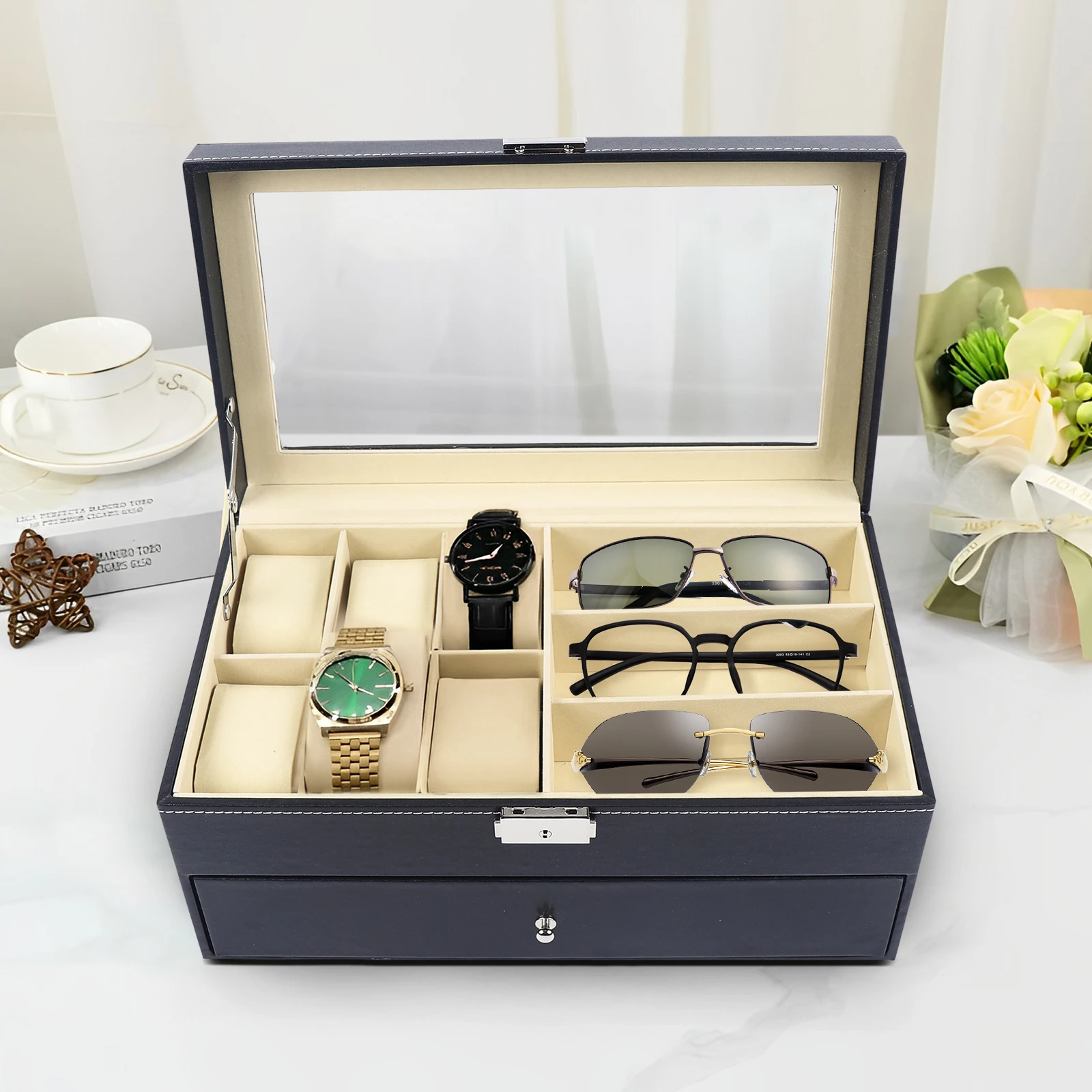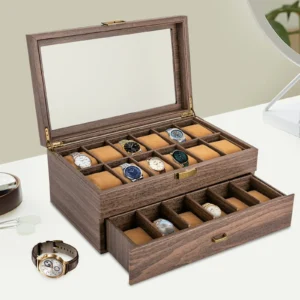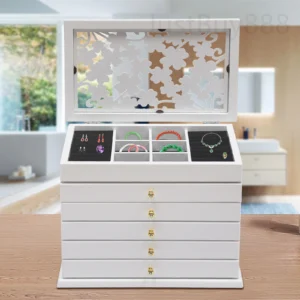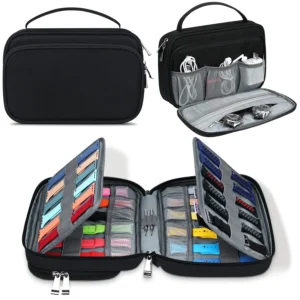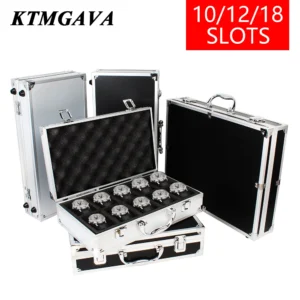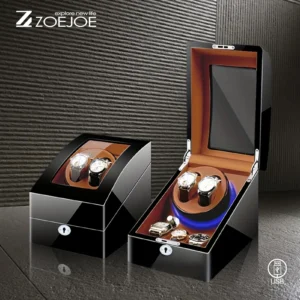Introduction: Transform Your Drawer into Premium Watch Storage
For watch enthusiasts, finding the perfect storage solution that both protects and displays a timepiece collection can be challenging. Converting an existing drawer into custom watch storage offers a brilliant alternative to purchasing expensive watch boxes while providing superior protection for your valuable timepieces.
A well-executed drawer conversion prevents scratches, keeps dust at bay, and organizes your collection in a way that makes selecting your daily wear effortless. This approach is particularly cost-effective compared to high-end dedicated watch boxes, while offering complete customization to fit your exact collection size and style preferences.
In this comprehensive guide, you’ll learn how to transform an ordinary drawer into premium watch storage that rivals commercially available options. The process requires moderate DIY skills and typically takes a weekend to complete, depending on the complexity of your design and chosen materials.
Proper storage significantly extends the life of your watches and helps maintain their value over time. Creating a customized storage solution ensures your watch collection storage planning addresses your specific needs while offering a budget-friendly watch storage alternative that doesn’t compromise on quality or protection.
Planning Your Watch Storage Conversion
Drawer Assessment
Before purchasing any materials, thoroughly evaluate your drawer:
- Measurements: Precisely measure the interior length, width, and most importantly, depth. For watches on pillows, you’ll need a minimum depth of 3 inches (7.6 cm).
- Material Evaluation: Determine if your drawer is wood (most common) or metal, as this affects both material compatibility and attachment methods.
- Operational Assessment: Ensure the drawer slides smoothly and remains stable when extended. Repair or reinforce as needed before beginning the conversion.
Collection Inventory
Taking inventory of your collection helps determine the optimal layout:
- Categorize watches by type (dress, sports, diving) and size
- Measure the width of each watch when laid flat
- Consider setting aside space for future additions to your collection
- Note which watches have deployant clasps versus traditional buckles
Design Planning
Creating a thoughtful layout ensures maximum functionality:
- Sketch a grid layout to visualize compartment placement
- Allow approximately 1.5-2 inches (3.8-5 cm) width per standard watch
- Consider alternating direction for watches with larger cases
- Leave space for accessory storage (tools, straps, cleaning supplies)
Effective organizing watch collection strategies rely on careful planning before cutting any materials. Consider using drawer inserts for watch organization as inspiration for your custom design.
Selecting the Right Materials for Your Conversion
Divider Materials
Each material option offers distinct advantages:
Wood Options
– Hardwood (maple, walnut): Durable, attractive, higher cost
– Plywood: Good strength, moderate cost, requires edge finishing
– MDF: Inexpensive, easy to cut, requires sealing to prevent moisture damage
– Recommended thickness: 1/8-1/4 inch (3-6mm)
Foam Options
– EVA foam: Soft, protective, available in various densities
– High-density foam: Excellent protection, holds shape well
– Easy to cut and customize for exact fit
Plastic/Acrylic
– Clean, modern aesthetic
– Water-resistant and durable
– Available in transparent or colored options
– Easy to clean and maintain
Lining Materials
The right lining prevents scratches and keeps watches secure:
- Felt/Velvet: Soft, protective surface ideal for watch cases
- Non-slip liner: Essential for keeping inserts from shifting
- Anti-tarnish fabric: Particularly valuable for watches with silver components
- Microfiber: Excellent protection against scratches with a modern look
Watch Pillows/Cushions
Watch pillows provide support and maintain band shape:
- Pre-made pillows: Consistent size and professional appearance
- DIY options: Foam core wrapped in fabric
- Size variations: Smaller for dress watches, larger for sports models
Selecting the appropriate best materials for watch storage significantly impacts both the functionality and appearance of your conversion project. For a professional touch, consider using our collection of watch pillows designed specifically for proper timepiece support.
Essential Tools for Your Drawer Conversion Project
Measuring and Marking Tools
Precision is crucial for professional results:
– Metal ruler or measuring tape (for accurate dimensions)
– Square tool (for ensuring perpendicular cuts)
– Fine-tip marker or pencil (for visible markings)
– Template material (cardboard or paper for test fitting)
Cutting Implements
Select tools appropriate for your chosen materials:
– For wood: Fine-toothed saw, miter box, or coping saw
– For foam: Sharp utility knife or electric foam cutter
– For fabric: Sharp fabric scissors
– For plastic/acrylic: Specialized acrylic cutting tools or score-and-snap method
Assembly Tools and Fasteners
Proper assembly ensures durability:
– Wood glue (for wooden dividers)
– Fabric adhesive or spray adhesive (for linings)
– Small clamps (for holding pieces while adhesive sets)
– Small brad nails or pins (optional for reinforcement)
– Masking tape (for temporary holding during fitting)
Safety Equipment
Protect yourself during the project:
– Safety glasses (especially when cutting wood or acrylic)
– Work gloves (for handling rough materials)
– Dust mask (when sanding wood or cutting foam)
– Well-ventilated workspace (particularly when using adhesives)
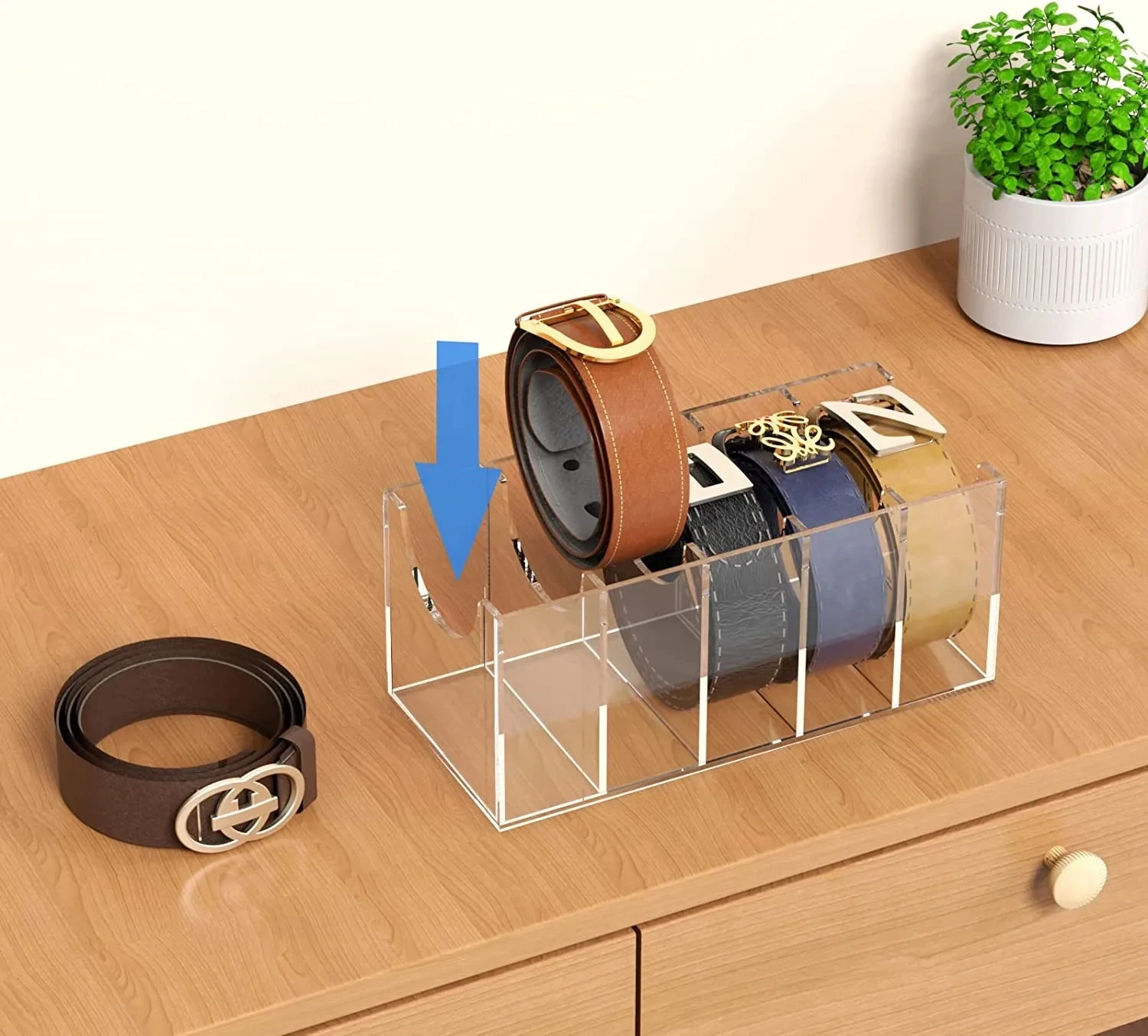
Step-by-Step: Preparing Your Drawer
Drawer Removal and Cleaning
- Carefully remove the drawer by pulling it out completely while lifting slightly to clear the stops
- For drawers on metal slides, check if you need to press release tabs
- Remove any existing drawer pulls or hardware that might interfere with the conversion
- Clean thoroughly with appropriate cleaner for your drawer material:
– Wood: Mild soap and water, dried completely
– Metal: Degreaser followed by thorough drying
Surface Preparation
- Inspect for damage and make necessary repairs:
– Fill wood cracks with wood filler
– Sand rough areas smooth (120-grit followed by 220-grit sandpaper)
– Remove any sharp edges that could damage lining materials - For wooden drawers, lightly sand the interior to improve adhesion
- For metal drawers, wipe with alcohol to remove any residue
Base Liner Installation
- Measure the drawer bottom and cut liner material with 1/4-inch excess on all sides
- Apply appropriate adhesive to the drawer bottom:
– For felt/fabric: Spray adhesive works best
– For non-slip material: Double-sided tape along perimeter - Carefully lay the liner in place, smoothing from center outward to eliminate bubbles
- Fold excess material up the sides and secure with adhesive
- Allow adhesive to fully cure before proceeding to the next step
Our collection of watch drawer organizers can provide inspiration for effective layouts and professional finishing techniques.
Creating Custom Watch Compartments
Wood Divider Construction
- Transfer your design measurements to your wood material
- Cut the dividers using the appropriate saw:
– Make long, straight cuts first
– Cut any notches or joints second - Test fit the pieces before applying any adhesive
- For interlocking grid designs:
– Cut halfway through the width at intersection points
– Test fit joints to ensure they slide together firmly - Apply wood glue to joints and assemble:
– Use masking tape to hold pieces together while drying
– Verify all dividers are perpendicular using a square - Allow 24 hours for glue to cure completely
- Sand any rough edges and apply finish if desired
Foam Insert Creation
- Transfer your compartment design to foam material
- For single-layer approach:
– Cut complete rectangles for the base layer
– Cut watch-shaped recesses using a sharp utility knife - For multi-layer approach:
– Cut a solid base layer
– Cut middle layer with watch-sized holes
– Cut thin top layer with smaller openings (optional) - Test fit with actual watches to verify sizing
- Secure foam layers together with spray adhesive
- Allow adhesive to dry completely before handling
Plastic/Acrylic Divider Installation
- Mark cutting lines on protective film (leave film on during cutting)
- Cut using appropriate method:
– Score-and-snap for straight lines
– Specialized acrylic cutting tools for complex shapes - Sand edges smooth if necessary
- Create joints using one of these methods:
– Acrylic cement for permanent connections
– Clear silicone for removable dividers
– Interlocking notched designs - Allow connections to fully cure before handling
Creating custom watch drawer inserts gives you complete control over the size and arrangement of compartments. Look to our watch organizer collection for inspiration on professional compartment arrangements and spacing.
Lining Your Watch Compartments
Fabric Cutting Techniques
- Create paper templates for each compartment section first
- Add 1/2 inch (1.3 cm) to all dimensions for wrapping edges
- Transfer templates to fabric and cut with sharp fabric scissors
- For complex shapes:
– Cut fabric slightly larger than needed
– Trim after initial placement for perfect fit
Adhesive Application Best Practices
- Select appropriate adhesive:
– Spray adhesive works best for large surfaces
– Fabric glue for detailed edge work
– Hot glue for quick attachments (use low temperature) - Apply adhesive in thin, even layers
- Allow adhesive to become tacky before joining surfaces
- Work in small sections to ensure proper adhesion
Professional Finishing Touches
- Start lining from the bottom of each compartment
- Work up the sides, pulling fabric taut as you go
- For corners:
– Create hospital corners like making a bed
– Fold excess material neatly and secure - Use a smooth, hard object like a credit card to press fabric into corners
- Trim any excess material after adhesive has dried
Creating and Installing Watch Pillows
Pre-made Pillow Selection
- Measure your compartment dimensions first
- Select pillows that:
– Fit with approximately 1/4 inch (6mm) clearance on each side
– Provide proper height for your drawer depth
– Match your interior aesthetic - Consider cushion firmness:
– Firmer pillows for heavier watches
– Softer pillows for vintage or delicate pieces
DIY Pillow Creation Process
- Cut high-density foam to size (approximately 1.5 x 3 inches or 3.8 x 7.6 cm)
- Round the edges with scissors for a professional look
- Cut fabric approximately 1 inch (2.5 cm) larger than foam on all sides
- Wrap fabric around foam, folding edges neatly
- Secure with fabric glue or small, hidden stitches
- Allow to dry completely before use
Pillow Installation and Fitting
- Test each pillow in its compartment before final placement
- Ensure watches can be easily placed and removed
- Verify that watches with deployant clasps have sufficient space
- For secured pillows:
– Apply small dots of removable adhesive to bottom
– Ensure pillows can still be removed for cleaning
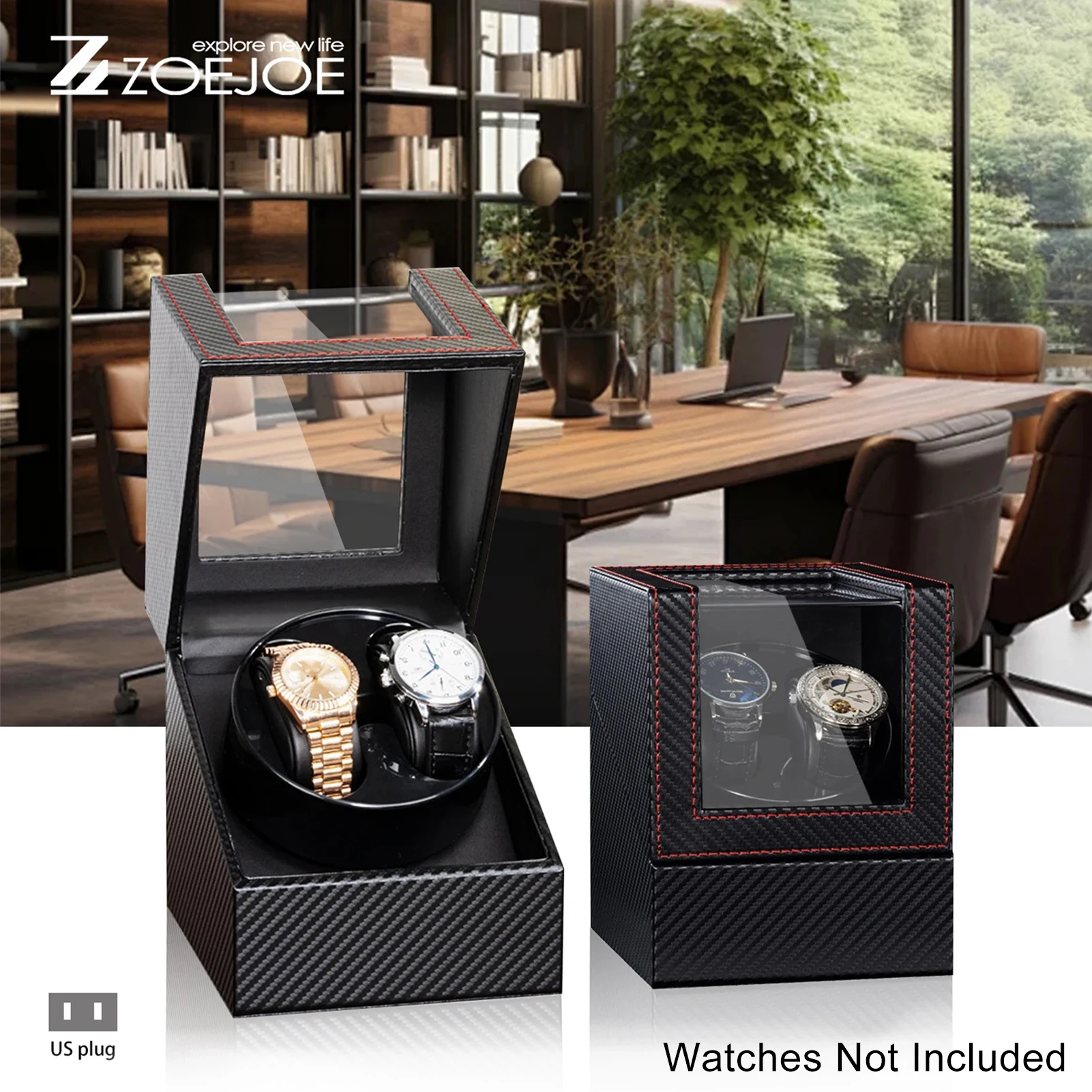
Our collection of wooden watch boxes demonstrates professional cushioning and compartment design that can inspire your DIY creation.
Adding Accessory Storage Features
Watch Strap Storage Solutions
- Create elongated compartments (8-10 inches or 20-25 cm) for strap storage
- Line with soft fabric to prevent scratching or marking
- Consider adding small dividers to separate different strap types
- Include a moisture-absorbing packet to protect leather straps
Tool Organization Options
- Design small square compartments (3×3 inches or 7.6×7.6 cm) for common tools
- Add magnetic strip under lining to secure metal tools
- Create recessed areas for spring bars and other tiny components
- Consider a dedicated section with protective foam inserts for precision tools
Removable Tray Creation
- Construct a simple frame that fits inside the drawer
- Add handles for easy removal
- Design the tray to sit slightly below the drawer edges
- Create multiple tray options for different parts of your collection
Watch accessories like spring bar tools, cleaning supplies, and extra straps deserve dedicated storage space within your converted drawer.
Watch Accessories, Watch Holder
$94.51 Select options This product has multiple variants. The options may be chosen on the product pageMen's Watch Organizer, Watch Display Case, Watch Organizer
Price range: $112.68 through $169.45 Select options This product has multiple variants. The options may be chosen on the product pageWatch and Jewelry Box, Watch Drawer Organizer
Price range: $181.91 through $233.38 Select options This product has multiple variants. The options may be chosen on the product pageWatch Organizer, Watch Roll Travel Case
Price range: $88.39 through $99.36 Select options This product has multiple variants. The options may be chosen on the product page12 Watch Box, Watch Display Case, Watch Organizer
Price range: $101.20 through $141.30 Select options This product has multiple variants. The options may be chosen on the product pageAutomatic Watch Winder, Luxury Watch Boxes, Watch Pillows
$294.54 Select options This product has multiple variants. The options may be chosen on the product page
Advanced Enhancement Options
Lighting Integration Methods
- LED strip lights provide elegant illumination:
- Adhesive-backed LED strips work well under drawer lips
- Battery-powered options eliminate cord management issues
- Motion-activated sensors create a luxury experience
- Installation tips:
- Conceal wiring under or behind drawer components
- Use warm white LEDs to showcase watch details
- Position lights to minimize glare on watch crystals
Display Top Creation
- Glass or acrylic tops transform storage into display:
- 1/8 inch (3mm) tempered glass provides durability
- Acrylic offers lighter weight but scratches more easily
- Installation options:
- Create a simple frame that sits on drawer edges
- Install small hinges for easy access
- Use small rubber bumpers to prevent direct contact with watches
Humidity Control Implementation
- Maintain optimal 40-60% humidity level:
- Place silica gel packets in discrete corners
- Install small hygrometer to monitor conditions
- Consider rechargeable dehumidifier products for valuable collections
- Replace moisture-absorbing products every 3-6 months
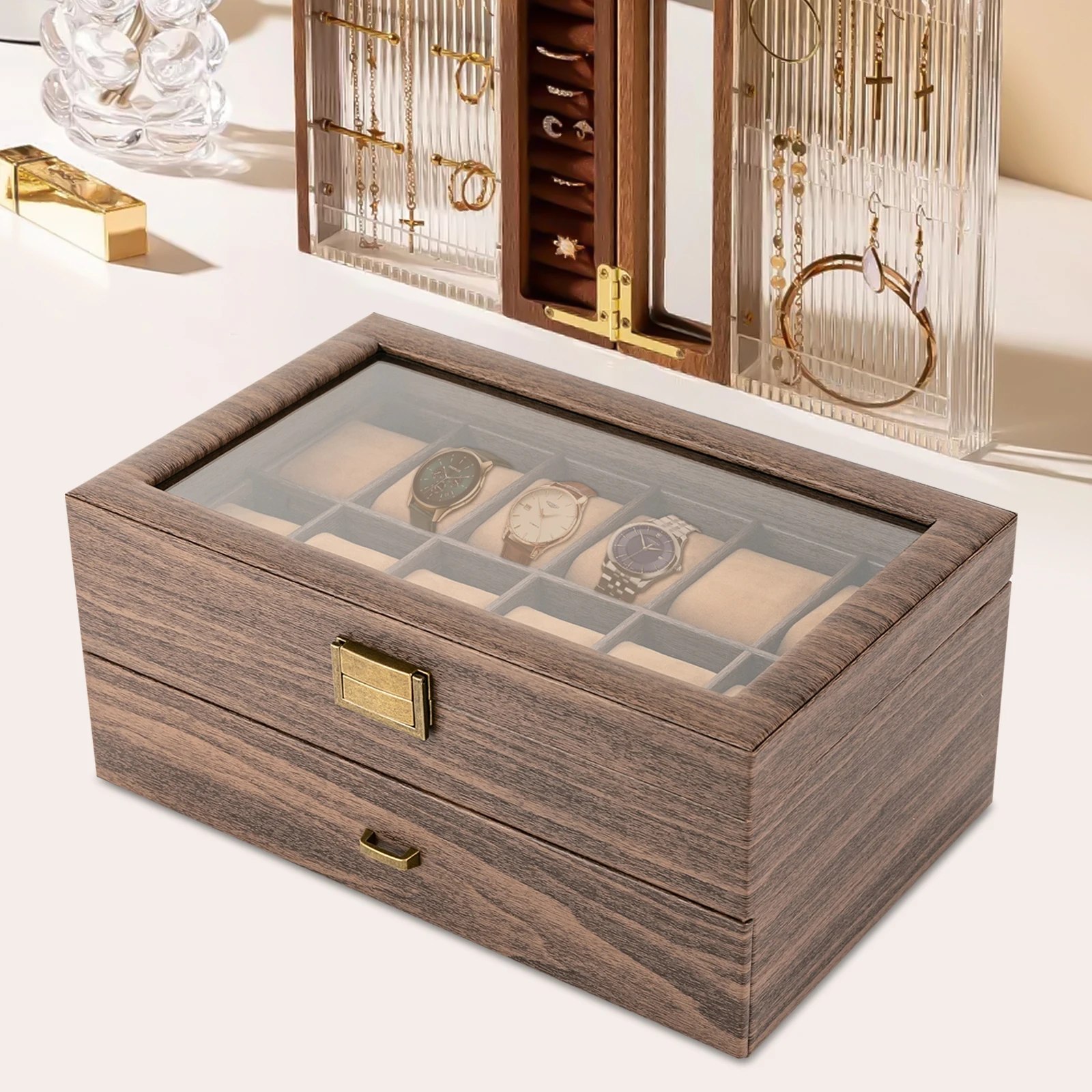
For truly exceptional results, incorporating elements from luxury watch storage setups can elevate your drawer conversion to museum-quality display standards.
Troubleshooting Common Issues
Movement Prevention Solutions
- Problem: Dividers shifting position
Solution: Apply small dots of silicone adhesive at joints
Problem: Inserts moving when drawer opens/closes
Solution: Add non-slip material underneath or create tight-fitting lip
Problem: Watches sliding in compartments
- Solution: Increase cushion size or add small foam wedges
Fit Adjustment Methods
- Problem: Compartments too tight for watches
Solution: Sand or trim divider edges slightly
Problem: Compartments too loose
Solution: Add thin foam strip along edges or rebuild divider
Problem: Varying watch sizes don’t fit uniformly
- Solution: Create adjustable dividers using removable sections
Surface Issue Corrections
- Problem: Adhesive showing through fabric
Solution: Use darker fabric or apply thinner adhesive layer
Problem: Fabric edges coming loose
Solution: Apply fabric glue and use clothespins until dry
Problem: Lining appears wrinkled
- Solution: Remove and reapply, pulling fabric taut during installation
Can I Convert Multiple Drawers for Different Watch Types?
Yes! Creating a multi-drawer watch storage system offers excellent organization opportunities:
Specialized Drawer Designs
- Dress Watch Drawer: Create thinner compartments (1.25 inches/3.2 cm wide) with lower profile cushions
- Sports/Dive Watch Drawer: Design larger compartments (2+ inches/5+ cm) with firmer cushions
- Vintage Collection Drawer: Include extra padding and consider individual micro-climate control
Stacking and Arrangement Strategies
- Arrange drawers in logical order based on frequency of use
- Consider labeling each drawer discreetly
- Group similar styles or brands together
- Place most frequently worn watches in the most accessible drawer
Space Maximization Techniques
- For deeper drawers, create double-tier systems with removable top tray
- Combine watch storage with coordinated accessory sections
- Design adjustable divider systems that can be reconfigured as your collection evolves
Well-designed watch storage ideas for collectors often incorporate multiple specialized drawers to accommodate diverse collection needs.
What Materials Should I Avoid When Making Watch Storage?
To protect your valuable timepieces, avoid these problematic materials:
- Untreated woods with high oil content (like cedar or certain pines) which can transfer oils to watch components
- Treated woods containing harmful chemicals that may off-gas over time
- Acidic materials including certain cardboards and untreated papers
- Regular polyurethane foams that break down and crumble over time
- Strong-smelling adhesives that may permeate watch straps
- Untreated metals that can oxidize and potentially transfer corrosion to watch cases
Instead, opt for:
– Neutral hardwoods like maple or walnut
– Acid-free materials for all components touching watches
– Conservation-grade foams and fabrics
– Low-VOC adhesives specifically formulated for fabric
Always test materials before placing valuable watches in contact with them, especially if you’re unsure about potential chemical interactions.
How Do I Maintain My DIY Watch Drawer?
Regular Cleaning Procedures
- Dust compartments weekly with a soft microfiber cloth
- Remove watches and clean cushions monthly with a gentle vacuum
- Avoid liquid cleaners on fabric surfaces
- Use compressed air to clean tight corners and crevices
- Wipe wood or plastic dividers with a slightly damp cloth and dry immediately
Inspection and Maintenance Routine
- Check fabric surfaces quarterly for wear or staining
- Inspect adhesive joints for any separation
- Monitor humidity levels regularly if you have a hygrometer
- Examine drawer slides for smooth operation
- Verify that cushions maintain their shape and support
Refresh and Update Options
- Replace lining fabric if stained or worn (typically every few years)
- Update compartment configuration as your collection evolves
- Consider seasonal rotation of moisture-control products
- Refinish exterior drawer surfaces as needed to maintain appearance
Proper long-term watch storage protection practices ensure both your DIY drawer system and the watches it contains remain in excellent condition for years to come.

